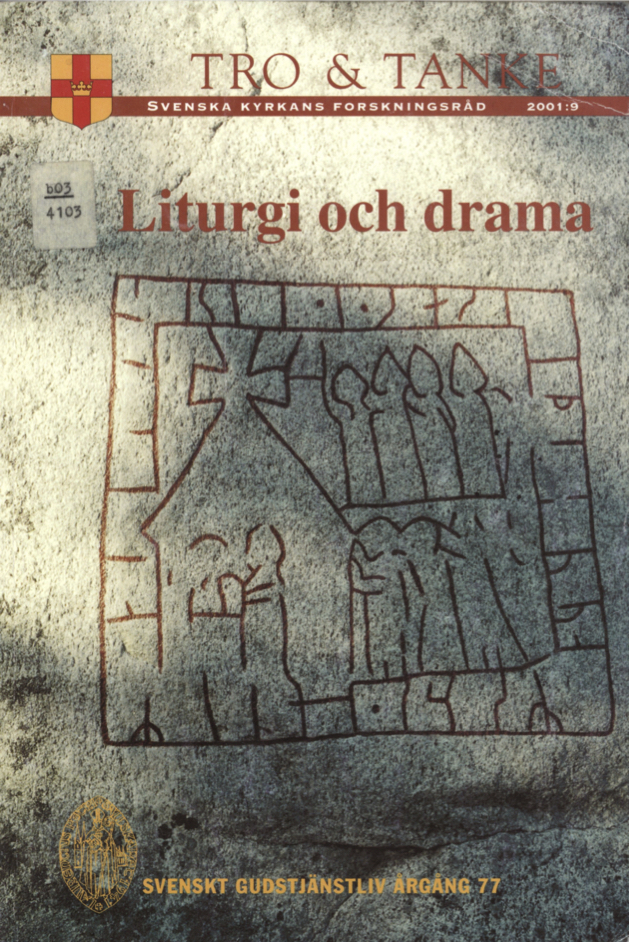Kropp i rum - en essä om konst och kyrka
Abstract
During the 1990’s the dialogue between cultural life and Church was intensified. A great amount of the dialogue was connected with the church room. Surveys made during this period of time also showed the church room ’s great importance for people of our day.
Artists working with and using different languages made for the Church, which invited them to co-operate.
We can see this in the areas of visual arts, drama, and dance. Interest has accelerated, not the least where the visual arts are concerned.
With reference to concrete, artistic projects in different churches there have also been conferences at a national level in order to exchange experiences, study questions raised, and reflect artistically and theologically.
Artistic languages are part of different ecclesiastical and theological traditions and the time is long gone when the big question was if one was at all allowed to play theatre and dance in the church.
If we are more agreed that body, dance, drama, and today’s visual arts do have a place in the church, then it becomes even more important to deepen the theological and artistic reflection on what we do and why.
Ascertaining and analysing the latest ten years of co-operation between Church and artists could he a future research subject. Which artistic vision and which understanding of the church room are they working with? Do different basic outlooks, theologically and artistically, result in different conclusions on how to carry on work?
The task of this article was to relate the work of “Lunds stifts kyrkospel” (the church plays of the diocese of Lund) during the 1990’s with the renewed discussion on art versus church. In the discussions of recent years it has become clear that experiences of the early church play movement has relevance for the present, more comprehensive, discussion.
“Lunds stifts kyrkospel” has both given its contribution to the discussion and got fresh support for its own work by viewing it in a wider context.
“Lunds stifts kyrkospel” has, during the 1990’s, kept on working with liturgical drama in the cathedral of Lund, thereby stressing the church room functioning as a room built for service. The search into the special area of liturgical drama has gone on—with new drama, new music, and a dialogue between actors, director and priest.
The article gives a presentation of the productions from 1995 until today.
Downloads
Published
Issue
Section
License
© the authors, Laurentius Petri Sällskapet för Svenskt Gudstjänstliv and Artos & Norma Bokförlag. Copying and using material from Svenskt Gudstjänstliv for scholarly purposes is permitted as long as the source is indicated. For other uses, please contact the respective author as well as the publisher. Special restrictions may apply to images.


